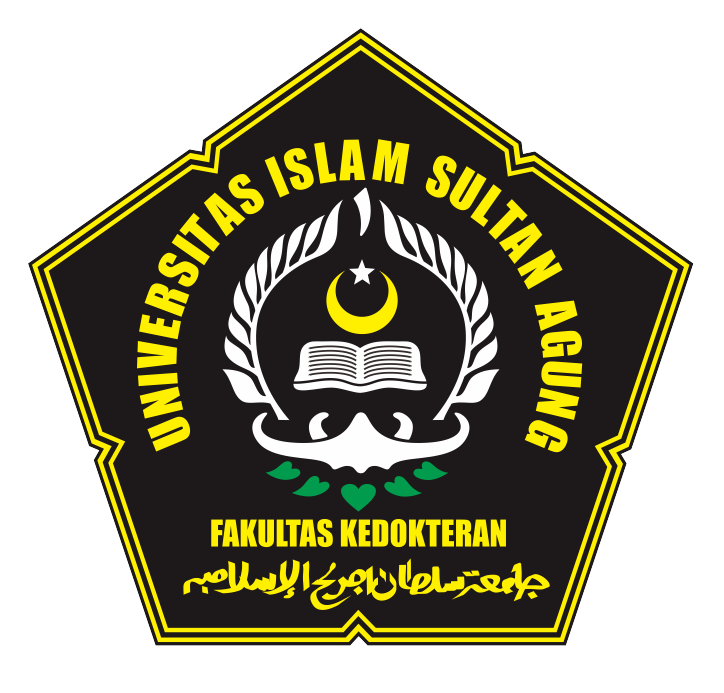Mahasiswa Fakultas Kedokteran Universitas Islam Sultan Agung (UNISSULA) - Indonesia
The Correlation between Individual and Environmental Hygiene and Pioderma Incidence An Analytical Observational Study in Pyoderma Patient in Islamic Sultan Agung Hospital during the Period August to December 2010
Design and Methods: The study type was analytic observational with case control design. The sample consisted of 30 respondents RSI patients Sultan Agung for case group and 30 persons as control group is the neighbors of patients who have similar characteristics and are not suffering pyoderma. The data used are secondary data from medical records and primary data from questionnaires filled out by respondents, then the data were analyzed with chi-square and to determine the correlation power there was used a contingency coefficient test.
Results: It was found that the good and the bad individual hygene for the case group were 3.3% and 66.7% respectively, while for the control group the good and bad individual hygene were 80.0% and 20.0% respectively. Chi-square test resulted in p=0,000 with contingency coefisien of 0.426. It was found that the good and the bad environmental hygene for the case group were 56.7% and 43.3% respectively, while for the control group the good and bad environmental hygene were 83.3% and 16.3% respectively. Chi-square test resulted in p=0,024 with contingency coefisien of 0.27.
Conclusion: There was a significant correlation between the personal and environmental hygiene and poderma insicence at the RSI Sultan Agung with a moderate relationship between individual hygiene and weak relationship between environmental hygene (Sains Medika, 3(1):24-30).
Keywords: personal hygiene; environmental hygiene; pyoderma

